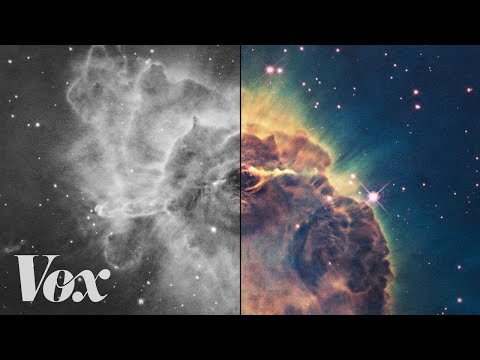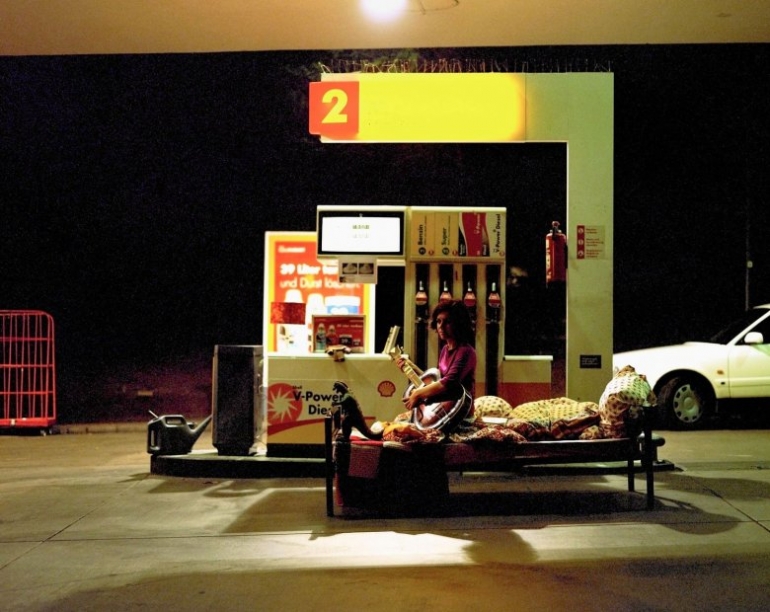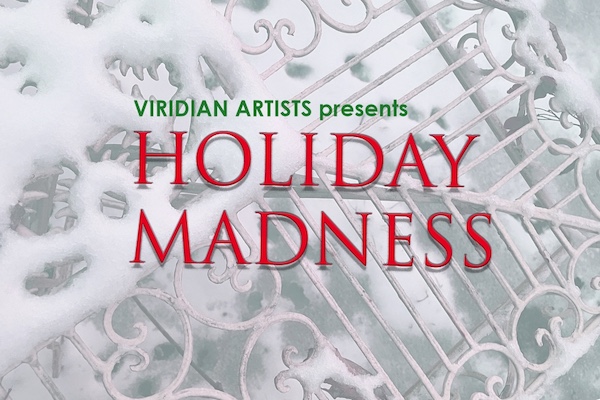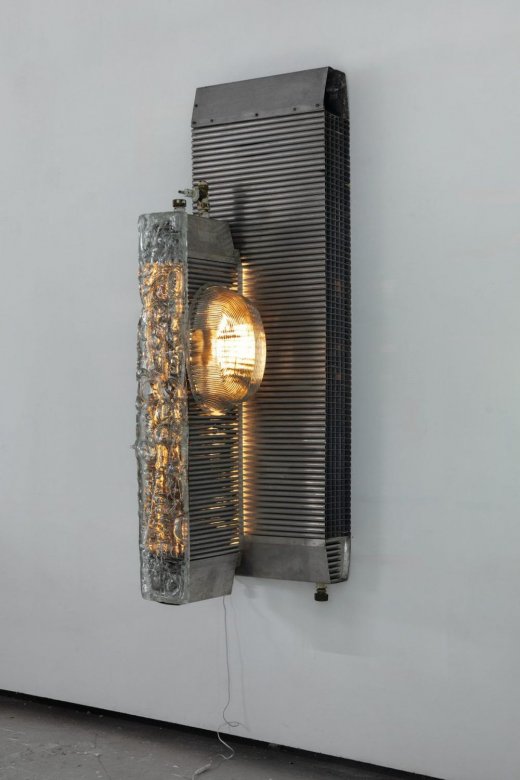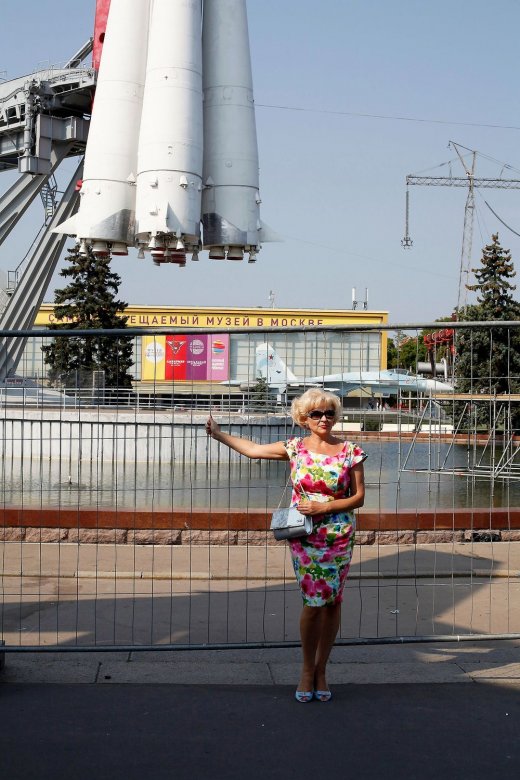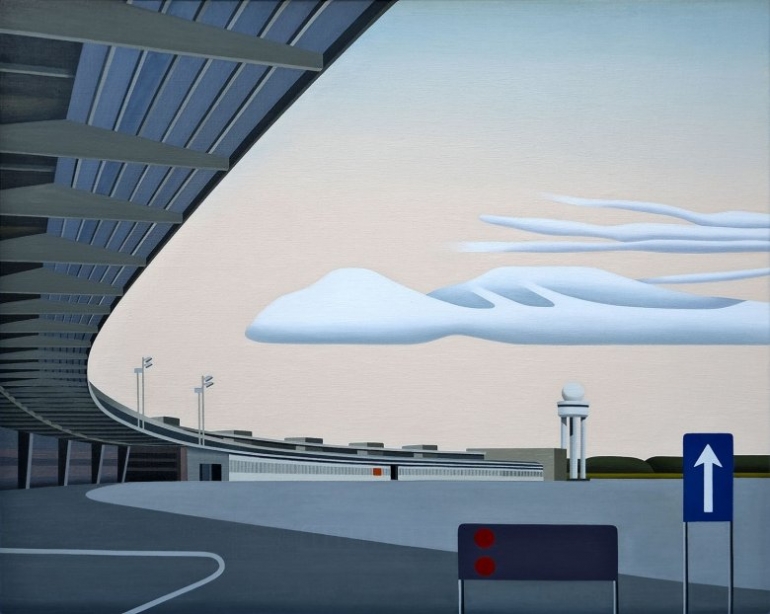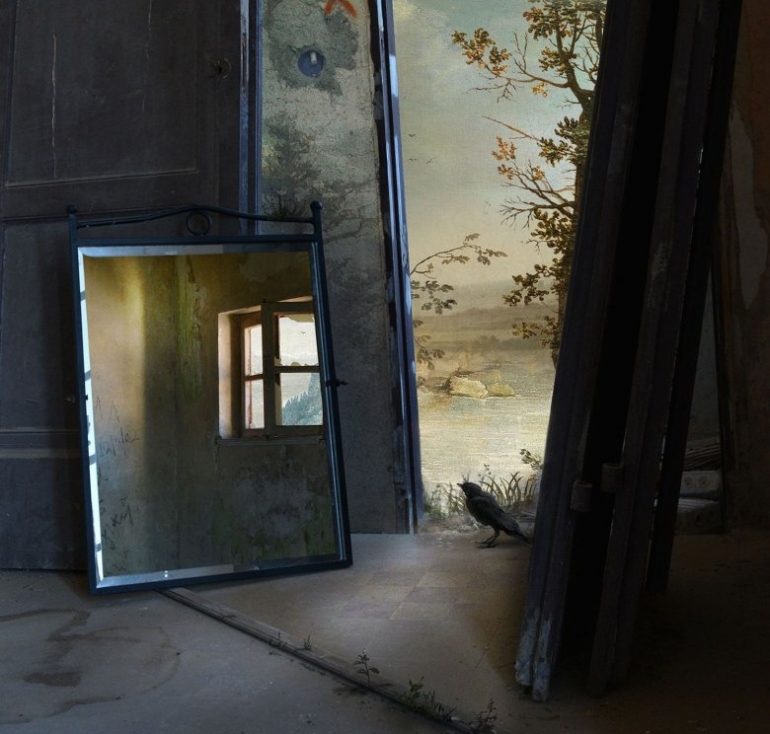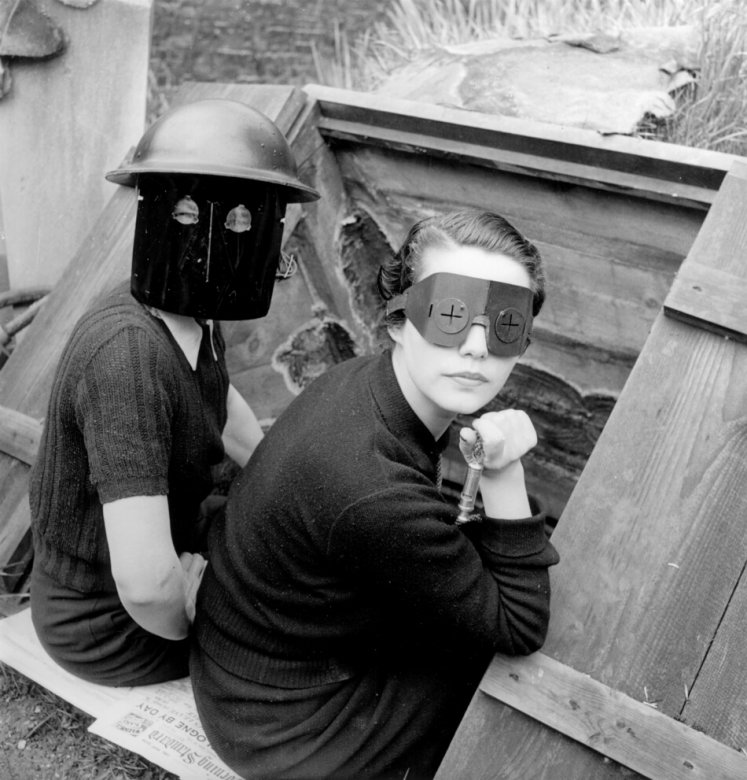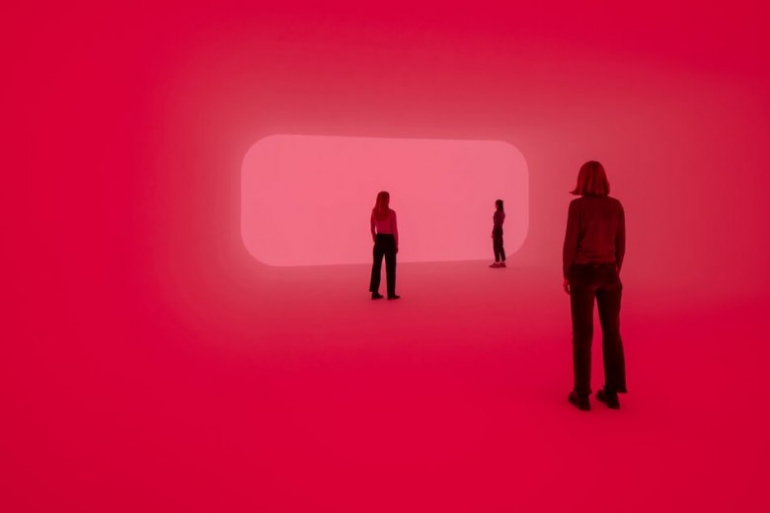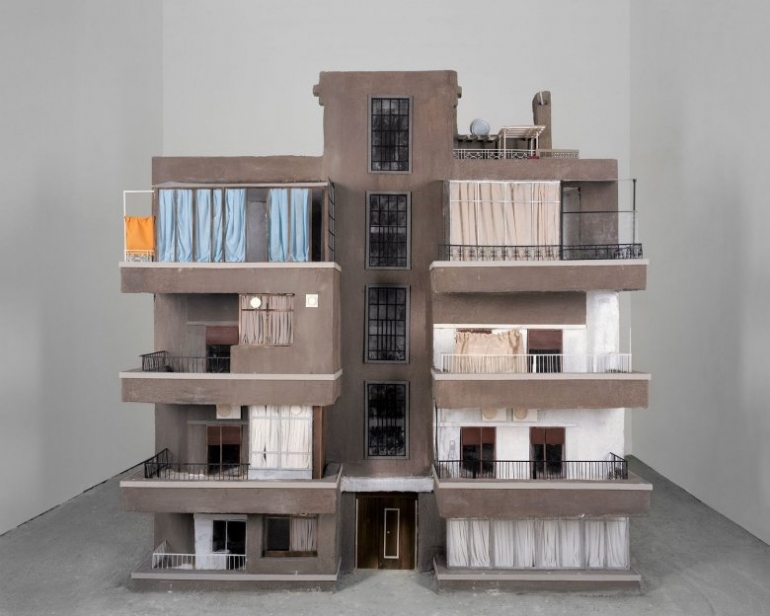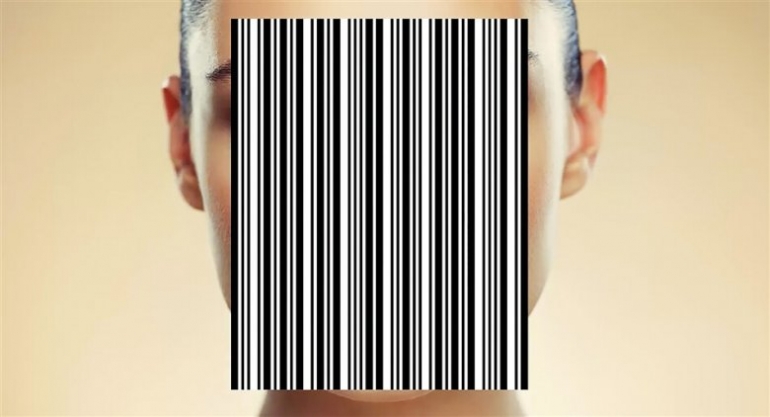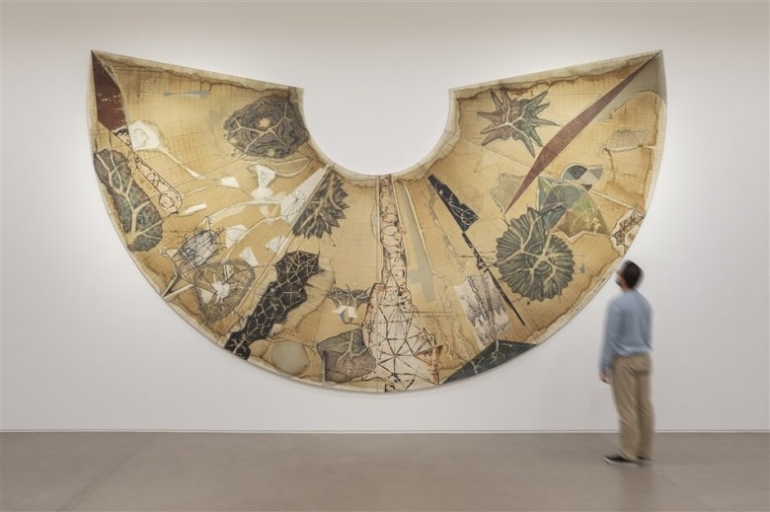How Scientists Colorize Those Beautiful Space Photos
The celestial bodies are able to represent the distinguishable colors, from creation to destruction, visible ray from the process of extinction, infrared, ultraviolet, and electromagnetic waves such as x-rays. It makes it easy to understand pictures such as nebulae, clusters and the state of gas clouds because it expresses the beauty and mystique of the intuitive universe.
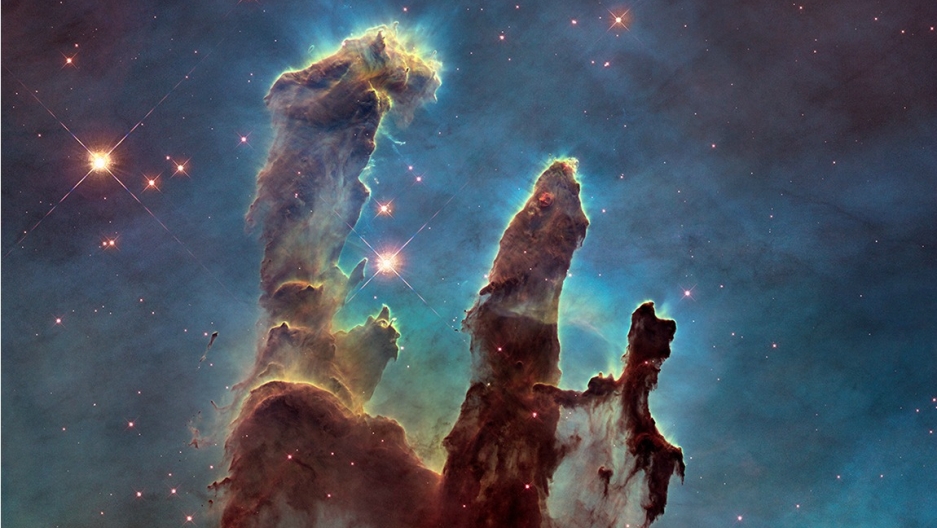
In fact, the Hubble Space Telescope only takes photos in black and white. To make those beautiful space photos you’ve probably seen, scientists add the color later using a technique first developed around the turn of the 20th century that imitates how our eyes naturally perceive color.
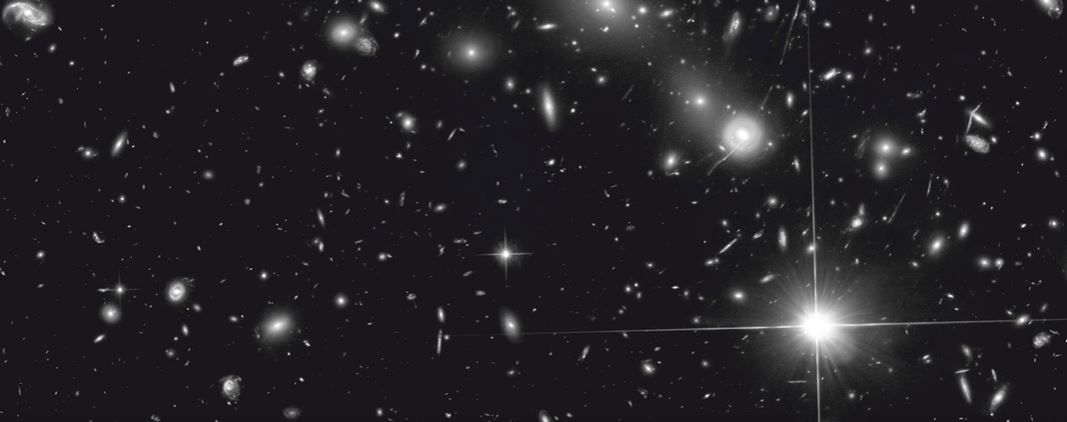
Their work is not pure fantasy. A process called “broadband filtering” allows them to reasonably estimate a range of colors in the black and white photo. Some imaginative license must be taken “to show us portions of the image that would never have been visible to our eyes in the first place,” notes PetaPixel. “For example: turning certain gasses into visible color in a photograph.”
If these images seem too painterly to be real, it's because they are, as the Vox video above explains, to a great degree, products of photographic art and imagination.
Through the pictures, we can be asking a question: Where is the end of the universe, and what is its source of power?
All images/words © the artist(s) and organization(s)
☆Donation: https://www.paypal.com/paypalme2/artlecture



